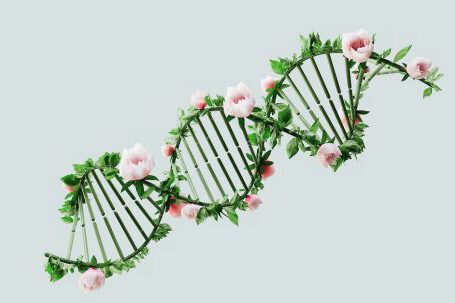Cryogenics is an intriguing field of science that explores the behavior of materials at extremely low temperatures. By subjecting substances to temperatures well below freezing, scientists are able to unlock a whole new world of possibilities. From preserving delicate biological samples to advancing our understanding of quantum mechanics, cryogenics has revolutionized numerous industries and continues to push the boundaries of what we thought was possible. In this article, we will delve into the fascinating science behind cryogenics and explore its applications in various fields.
The Basics of Cryogenics
Cryogenics is the study of the behavior of materials at temperatures below -150 degrees Celsius (-238 degrees Fahrenheit). At such low temperatures, many substances exhibit unique properties that cannot be observed under normal conditions. One of the most notable characteristics is the extreme reduction in molecular motion, which leads to a variety of interesting phenomena.
Superconductivity and Quantum Mechanics
One of the most groundbreaking applications of cryogenics is in the field of superconductivity. Superconductors are materials that can conduct electric current with zero resistance when cooled to extremely low temperatures. This phenomenon, known as zero electrical resistance, has the potential to revolutionize energy transmission and storage systems. Scientists are constantly striving to discover new superconducting materials that can operate at higher temperatures, making them more practical for everyday use.
Medical Applications
Cryogenics also plays a crucial role in the medical field. The preservation of biological samples, such as organs or tissues for transplantation, relies on cryogenic techniques. By freezing these samples at ultra-low temperatures, cellular activity is slowed down, allowing them to be stored for much longer periods without degradation. This has opened up new possibilities in the field of organ transplantation and regenerative medicine.
Space Exploration
The extreme conditions of space necessitate the use of cryogenics for various applications. Liquid hydrogen, which needs to be stored at extremely low temperatures, is used as rocket fuel. By cooling it to cryogenic temperatures, its density increases, allowing for more efficient storage and transportation. Cryogenic fuels are also used to power space probes and satellites, enabling them to travel vast distances and explore the outer reaches of our solar system.
Industrial Uses
Cryogenics has found numerous applications in industry as well. Cryogenic grinding, for example, is a technique used to pulverize materials by freezing them and then shattering them into smaller particles. This method is commonly used in the production of powdered spices, pharmaceuticals, and other fine powders. Cryogenic cooling is also employed in the manufacturing of metals, where it helps to reduce heat-induced deformations and improve the overall quality of the final product.
Challenges and Future Developments
While cryogenics has brought about significant advancements, it also poses several challenges. Maintaining extremely low temperatures requires sophisticated equipment and insulation techniques. Cryogenic liquids, such as liquid nitrogen and liquid helium, are expensive and can be hazardous if mishandled. Furthermore, the quest to discover new superconducting materials that can operate at higher temperatures remains a key goal for researchers.
In the future, cryogenics is poised to make even greater strides. Advancements in materials science and technology will lead to the development of more efficient cryogenic systems and novel applications. From quantum computing to cryogenic storage for renewable energies, the possibilities are endless.
In conclusion, cryogenics is a captivating field of science that explores the behavior of materials at extremely low temperatures. Its applications range from superconductivity and medical preservation to space exploration and industrial processes. As we continue to unlock the secrets of cryogenics, we are paving the way for groundbreaking discoveries and innovations that will shape the future of science and technology.





